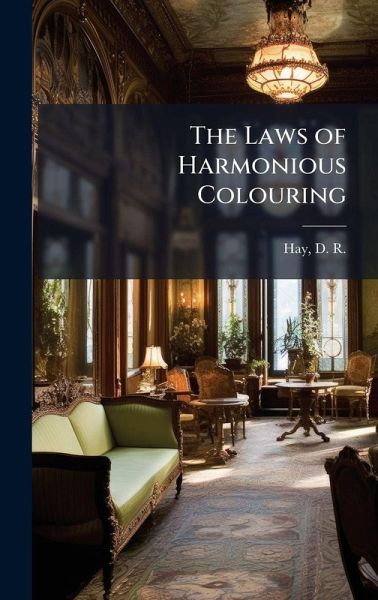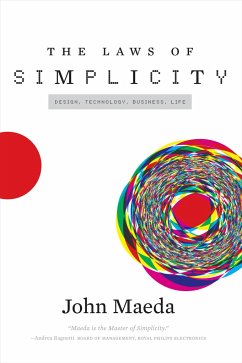
The Laws of Harmonious Colouring
Versandkostenfrei!
Versandfertig in über 4 Wochen
29,99 €
inkl. MwSt.

PAYBACK Punkte
15 °P sammeln!
"The Laws of Harmonious Colouring," by D.R. Hay, originally published in 1836, delves into the principles of color harmony and their practical application in various fields, most notably interior decoration and manufacturing. Hay, a prominent figure in 19th-century design and color theory, meticulously outlines the rules governing harmonious color combinations, offering readers a comprehensive understanding of how to achieve visually pleasing and balanced aesthetics. This treatise provides invaluable insights into the design sensibilities of the era and remains a foundational text for anyone i...
"The Laws of Harmonious Colouring," by D.R. Hay, originally published in 1836, delves into the principles of color harmony and their practical application in various fields, most notably interior decoration and manufacturing. Hay, a prominent figure in 19th-century design and color theory, meticulously outlines the rules governing harmonious color combinations, offering readers a comprehensive understanding of how to achieve visually pleasing and balanced aesthetics. This treatise provides invaluable insights into the design sensibilities of the era and remains a foundational text for anyone interested in the historical roots of color theory and its enduring influence on interior design and decorative arts. Explore the timeless principles that continue to inform and inspire designers today. This work has been selected by scholars as being culturally important, and is part of the knowledge base of civilization as we know it. This work was reproduced from the original artifact, and remains as true to the original work as possible. Therefore, you will see the original copyright references, library stamps (as most of these works have been housed in our most important libraries around the world), and other notations in the work. This work is in the public domain in the United States of America, and possibly other nations. Within the United States, you may freely copy and distribute this work, as no entity (individual or corporate) has a copyright on the body of the work. As a reproduction of a historical artifact, this work may contain missing or blurred pages, poor pictures, errant marks, etc. Scholars believe, and we concur, that this work is important enough to be preserved, reproduced, and made generally available to the public. We appreciate your support of the preservation process, and thank you for being an important part of keeping this knowledge alive and relevant.












